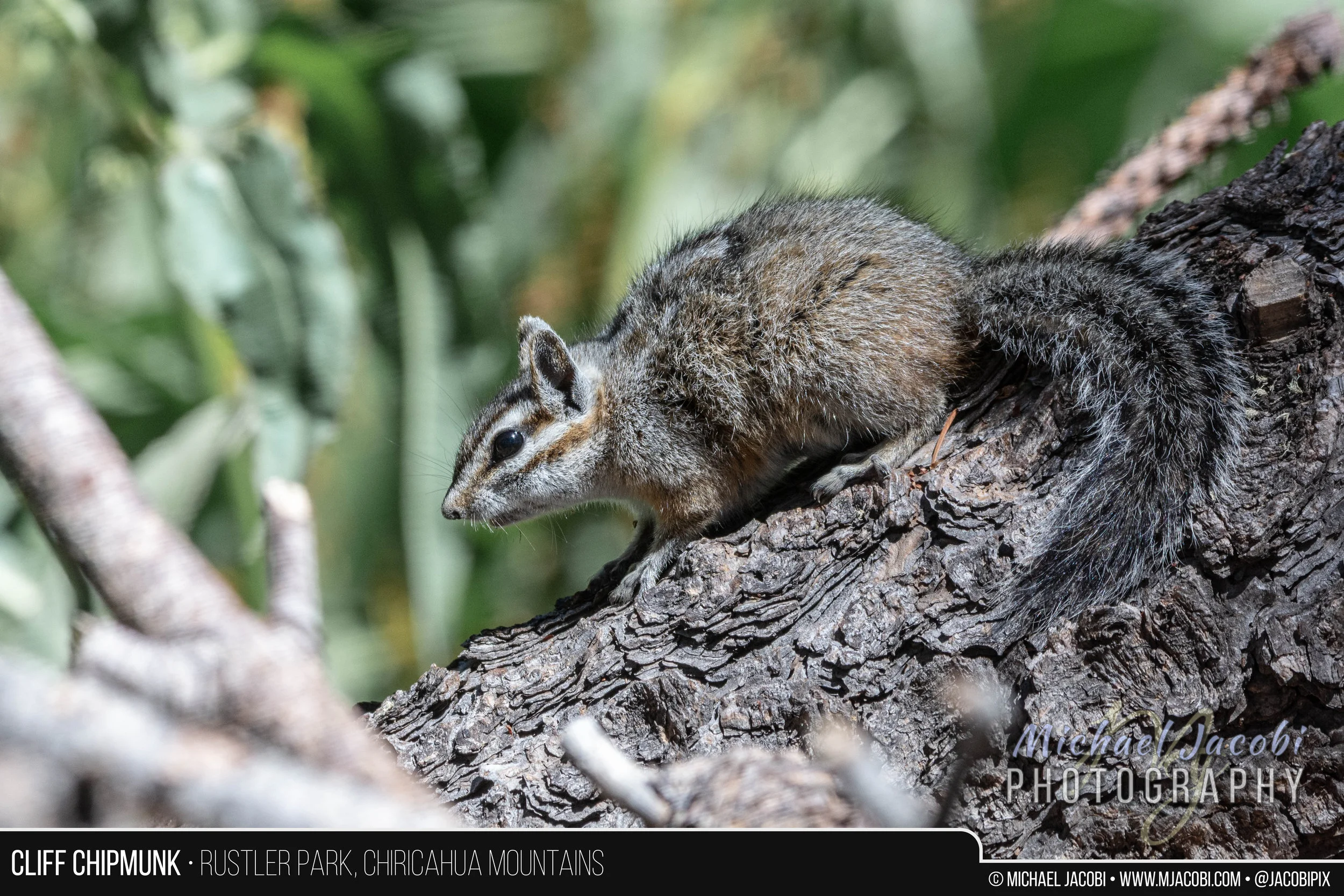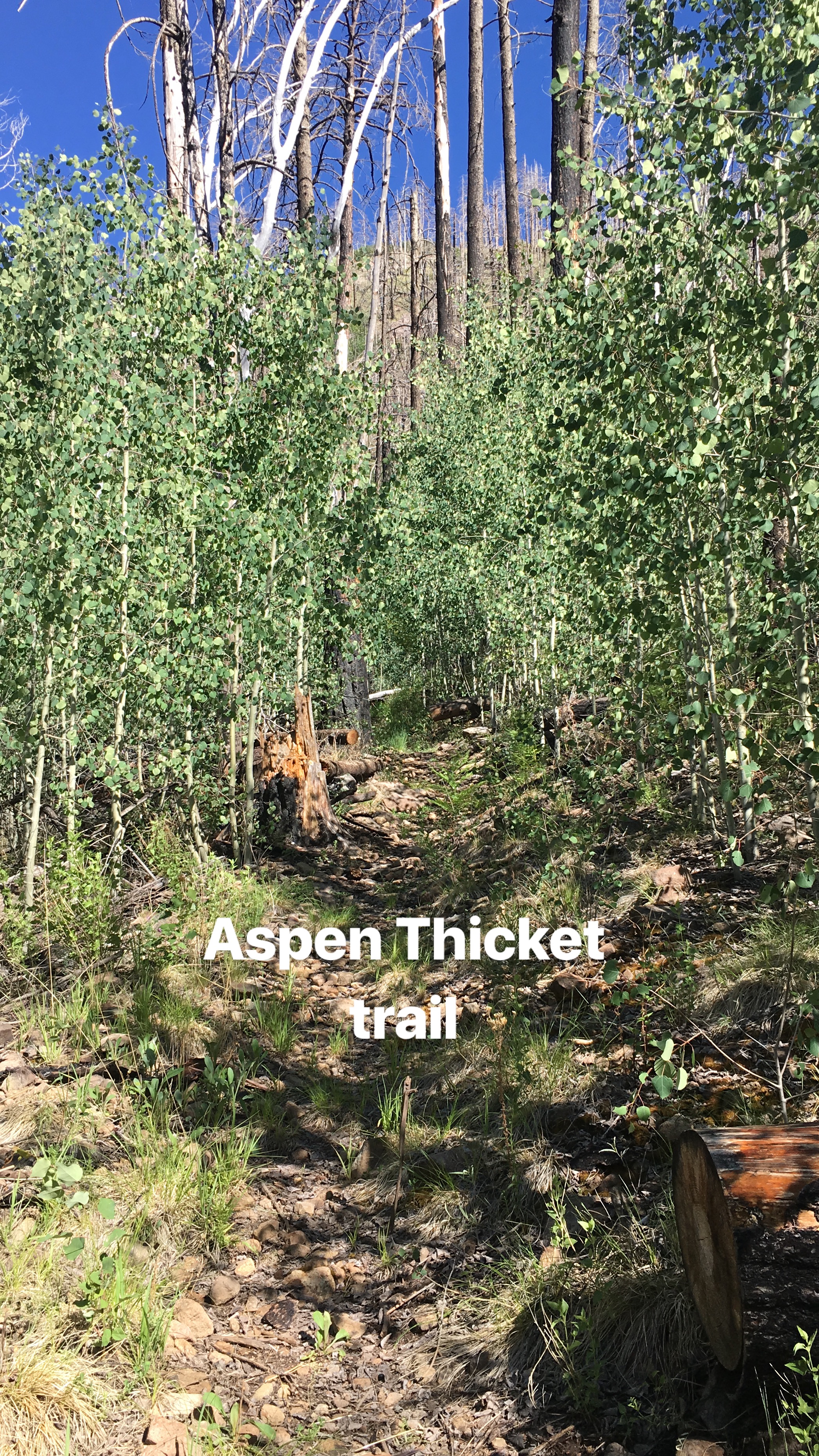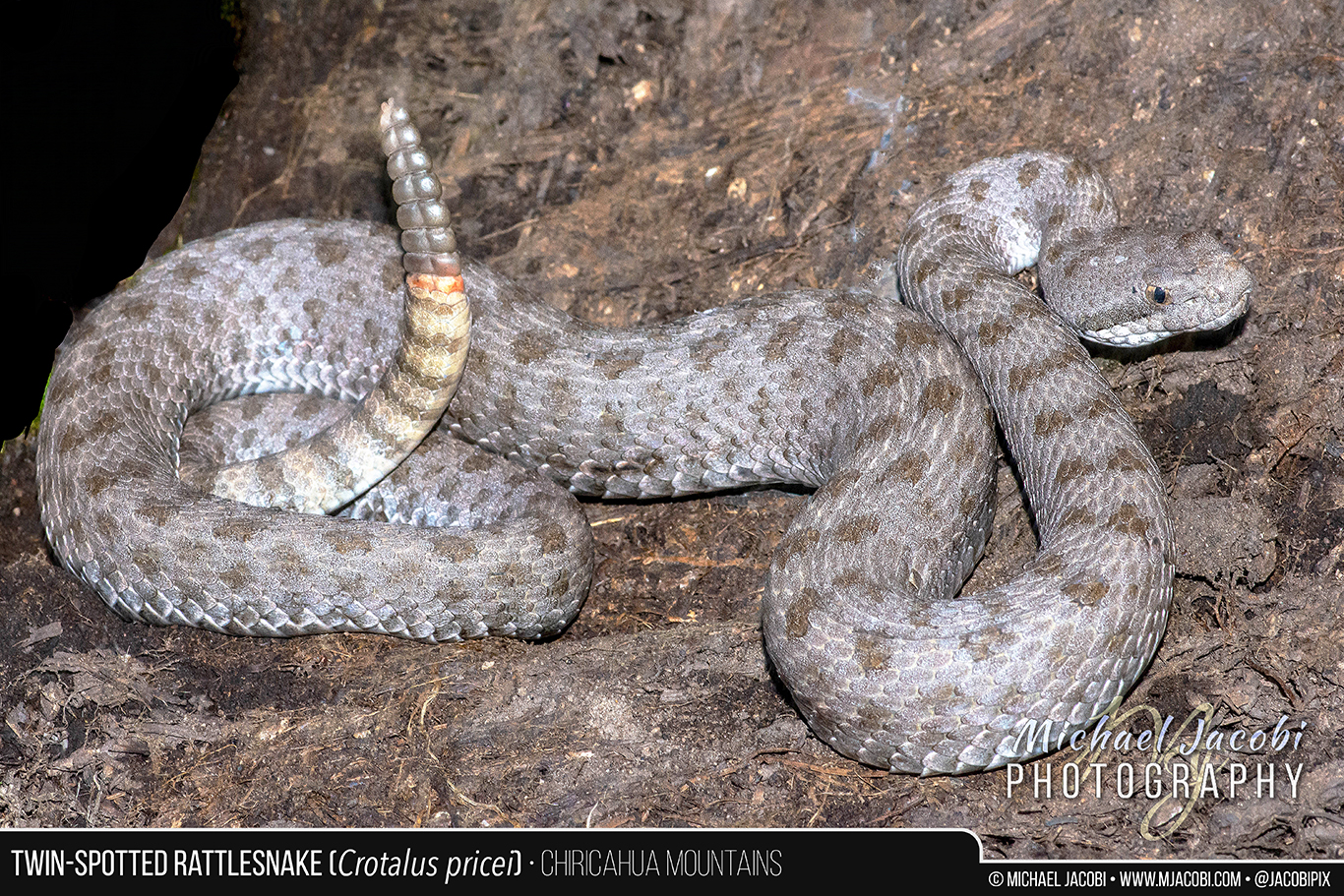I spend most of time alone by choice. It fits my personality. It is my preference. And it allows for maximum flexibility. I am guided by whimsy and most adventures are unplanned. I may in one moment alter my course or choose not only a new destination, but a different activity. Many of my hikes or drives, if not most, unfold naturally and often surprise me. My experiences are treasured alone in glorious solitude and then later shared here or via Instagram.
However, as I get ready to go to Tucson this weekend to pick up Joel and share this wonderful wilderness for a week, I am still savoring memories from a two day adventure with Dr. Brent Hendrixson and seven of his students from Millsaps College in Jackson, Mississippi. Brent has visited the American Southwest for a couple of decades and usually leads a summer field course that visits many amazing places. This year's course was Biogeography of the American Southwest and before they visited me his group had explored Arizona's Superstition and Catalina Mountains, Catalina State Park and the Grand Canyon. After they left here they headed to White Sands, National Monument, Carlsbad Caverns for the bat flight and Texas' Davis Mountains before driving home.
Cathedral Vista, Chiricahua Mountains. Photo by B.E. Hendrixson (second from left) with me looming behind a great group of students.
Last year Brent brought a different group here to the Chiricahuas for a single night and I had spent time with him and a few other students the month previous in both the Tucson and Phoenix areas. This year he had three nights planned for Cave Creek Canyon, but sadly they only stayed two. Still we made the most of the two days with adventures to the Peloncillo Mountains, Chiricahua Desert Museum and here within the Chiris.
While his crew set up camp at Sunny Flat Campground I joined them and met the seven students. Our plan was to head to the Peloncillos an hour and a half away to look for the endemic tarantula Aphonopelma peloncillo at its type locality. After spending over a week with eight people crammed in a van full of gear, the three girls were happy to be able to stretch out in my truck for the drive east into New Mexico and then south and southwest to the bootheel along the borders with Arizona and Mexico. Brent and the four guys piled back into their 12-passenger van that, as in years previous, was decorated with large tarantula magnets. The ladies were lovely and it was refreshing for this old loner to be surrounded by the vibrance and beauty of youth. Temperatures reached 109F in Animas where we turned south, but I had the A/C cranked and we listened to music from one of their iPhones.
Ninety minutes or so later, about thirty minutes after the paved road gave way to dirt and then rocky trail, we assembled in the chaparral-like oak woodland of the Peloncillo foothills. Last year I had searched the site we were visiting for the burrows of female tarantulas without success. I had found mature male Aphonopelma peloncillo while road-cruising for snakes, but had struck out when it came to locating burrows. That would change as the seven Millsaps students, their arachnologist leader and I dispersed and prowled the grassy area of the type locality (the precise location a species is described from). Having located the endemic A. chiricahua by pure chance (see #94), I was looking forward to finally finding a female A. peloncillo after last year's failures. It did not take long.
Above is the silk-covered burrow of the first tarantula we located. This grassy field is grazed by open range cattle and among the cow piles and animal bones and ant mounds the students first found turreted holes belonging to wolf spiders or irregular openings belonging rodents. But within five minutes this distinctive silky entrance was discovered and Brent said to me, "You want the honors?" before explaining to his students that I had found and extracted tarantulas around the world. I used both flooding and tickling techniques and soon saw the gorgeous hairy legs of our prize.
The beginning of her tunnel angled sharply another direction rather than descending directly into the earth so when she would retreat even a short distance she would be lost from sight. I alternated between pouring water down the tunnel to move her towards me and then tickling for several series before I was able to get my tickling twig behind her and tap her forward and out into the light.
Aphonopelma peloncillo, Peloncillo Mountains, Hidalgo Co., New Mexico
Some rain drops began to fall, but our group continued to search the meadow. I returned to my truck to get a container for the tarantula as Brent wanted to take a couple specimens back to Mississippi. While I was away they located another burrow and I brought more water so that Brent could take his turn at extracting one of these beauties. The image below is the second female, photographed at my campsite the next morning on a flat piece of rock.
As long as we were in the Peloncillos I also wanted to visit the type locality of the endemic scorpion, Diplocentrus peloncillensis. It is perhaps my favorite U.S. scorpion species and I had luck finding it each time I had tried last year. Rather than black-lighting at night as I usually do for scorpions (super effective, very easy work), I had always just flipped rocks at the site, which is on a north-facing slope that holds more moisture. The three mile or so drive up the mountain road (Geronimo Trail) between the tarantula and scorpion sites is a bit rough, and Brent didn't want to do it in the rental van. So I invited four of his students to climb into my truck and we headed up to a scorpion area atop a hill that is surrounded by a spectacular vista. I gave the team quick instructions and within minutes they had found a handful of scorpions.
Diplocentrus peloncillensis, Peloncillo Mountains, Hidalgo County, New Mexico near the Arizona state line and not far from the Mexico border.
My group walked down the road a bit to photograph the vista and then, as the dusk skies began to darken and a few more rain drops fell, we went to rejoin Brent and the other three. I hadn't driven far back down hill when I slammed on the brakes. Although small, the unmistakable shape of snakes leaps off of the roads for me, and I looked out my window at an eighteen-inch gorgeous olive serpent with a brightly colored belly. Everyone got out of the truck to hold our prize Ring-necked Snake.
Abby with our colorful friend
Regal Ring-necked Snake (Diadophis punctatus)
When we got back to the tarantula site Brent told me that they had located and marked two more burrows and would leave them be if I wanted to record GPS coordinates. My friend Chad is visiting in three weeks and maybe I'll even take Joel down there to see one. Our plan was to wait for darkness a bit longer and then road-cruise our way back. Brent wanted to find at least one male and I was looking forward to showing his group a rattlesnake. Ten minutes or so after we began our drive back we came across our first - and only - male tarantula of the night on the road. The image below was captured the next morning at my corral.
I was quite surprised that we didn't encounter more males, and for some time all I saw on the road was toads. We were driving faster than I normally road-cruise as the group didn't want to be up all night and I realized that I probably would miss any very small snakes. However, there was no way I would overlook a three-foot rattlesnake stretched out in the road, and I was soon excited to be able to show the students an adult Prairie Rattlesnake.
The rest of the ride was uneventful; the roads oddly deserted by the live and dead snakes I usually observe. Even the jackrabbits and cottontails were scare, with mostly banner-tailed kangaroo rats and other rodents darting between pavement and shoulder grass. Back in the canyon I enjoyed a nightcap with the Millsaps crew, but they quickly disappeared into their tents leaving Brent and I to one last beer.
The next morning I spent a few hours doing my usual routine and then joined them at their campground at 9. One of the scheduled activities was to visit an area in Cave Creek Canyon past the Research Station where flipping rocks usually yields vinegaroons. Each student was required to give the rest of the group a presentation at various sites during their trip, and this day Abby, who is holding the Ring-necked Snake above, shared information about vinegaroons, not the least of which is their defense response releasing a chemical cocktail that includes a powerful concentration of acetic acid that gives these harmless “whipscorpions” their popular name. When Brent picked up the first one he purposely elicited a defense response so the students could smell the strong vinegar scent on his hands.
Brent shows a young vinegaroon (Mastigoproctus tohono) to the group while Richard takes profuse notes and O.C. ponders
After a quick lunch back at their campsite, our next destination was the Chiricahua Desert Museum. I had spoke to owner Sheri Ashley in advance of the Millsaps visit and suggested that Brent contact her to arrange a tour. The amazing museum is equal parts reptile exhibit, snake breeding facility, desert garden, historical exhibit and gift shop/bookstore, and I knew the group would enjoy. But my expectations were exceeded when Rachel, one of the reptile keepers, took us to the off-exhibit buildings to view their behind-the-scenes reptile breeding operation. Some students had never held a snake and were apprehensive at first, but it was wonderful to see Marlee hold snakes as below.
Marlee with a Mexican Pine Snake
When we eventually made it back to Sunny Flat Campground everyone was looking forward to relaxing in their hammocks. Brent and I sat sipping a beer and before long were quizzing the students about the biogeography of the Sky Islands including the Chiricahuas. Arachnologist became mixologist as Brent made me a couple of refreshing mint juleps to go with my Dos Equis ambers. We had a relaxing rest of the afternoon, but another thrill was about to come.
We wanted to visit Cathedral Vista closer to dusk for group photos including the one that kicked off this blog, and walked down the road, made the short hike out to the viewpoint and then returned. Walking back a family with a young boy on a training wheels equipped bicycle headed towards us and said a snake had just crossed in front of them. Sunny Flat is a popular place for my favorite rattlesnake, the Western Black-tailed, and they seemed to know that was exactly what it was. We searched the bushes and grass where it was said to have gone to no avail, and Brent and I returned to the campsite. But one of his students, Liam, had continued to poke around the area and I heard him calling. I shouted back and forth and learned that the rattlesnake was right there in front of him so I grabbed one of my snake hooks and my camera and rushed back over to him. Sure enough, a gorgeous black-tail a bit over three feet long was at the grassy edge and I grabbed it.
Brent hadn’t joined us yet and as he started our direction I had already told the family, who was now watching and Liam had told that I do this all the time so don’t worry, that I would relocate the snake so it wasn’t by their campsite. Two days earlier someone had reported a black-tail at the same exact campsite so I decided it might be time for me to move the beauty somewhere less frequented by kids on bicycles. I shouted to Brent to return to my truck and grab my big storage tub so I could contain it. He brought it over and then I had Liam hand him my camera so he could take the image below.
Me and a Western Black-tailed Rattlesnake (Crotalus molossus)
The following portrait of the snake was taken when I released it, coincidentally near the vinegaroon site from earlier that day. I excused myself from the group long enough to drive up canyon, release and photograph the snake, and then make a quick pit-stop to my Wheelhouse for some dinner. When I rejoined them later the group had set up a sheet and lamp to attract moths (and jewel scarab beetles that sadly didn’t come) and the students got to see sphinx moths and hawk moths and a myriad multitude of smaller moths and beetles. We hung out for a couple more hours before I bid them goodnight. The next day I had to man the Visitor Center and, after stopping to say goodbye, they pushed on to the final five days of their adventure.
Crotalus molossus

























